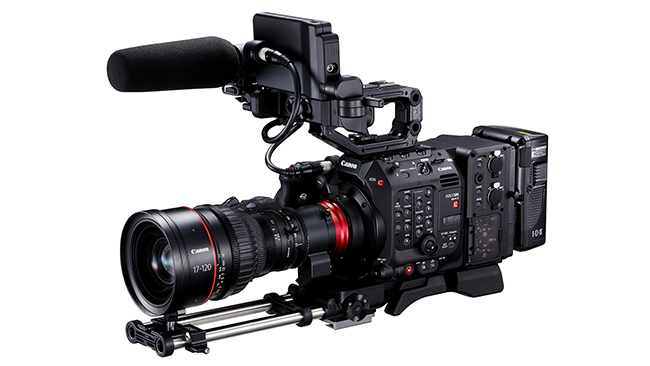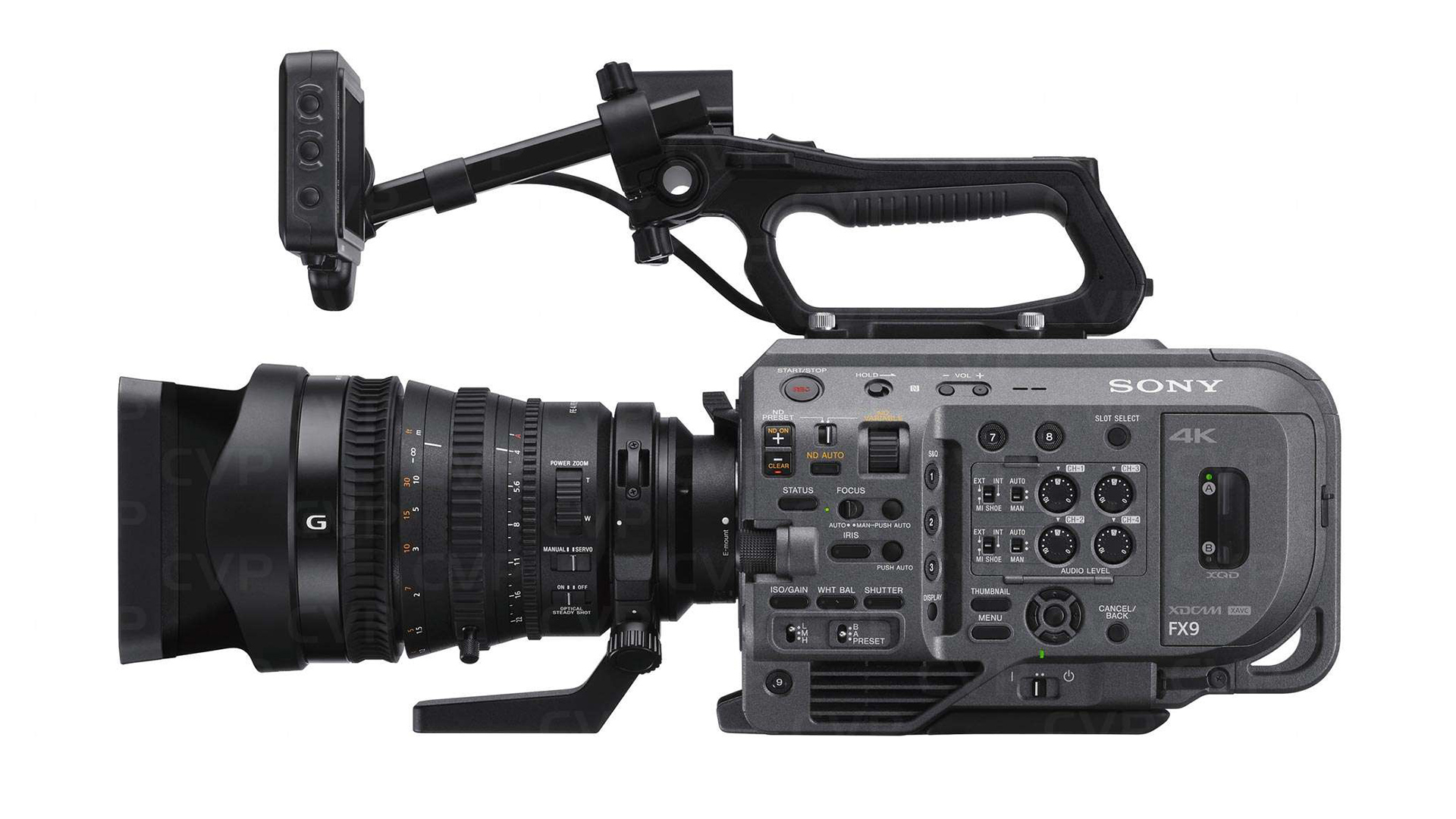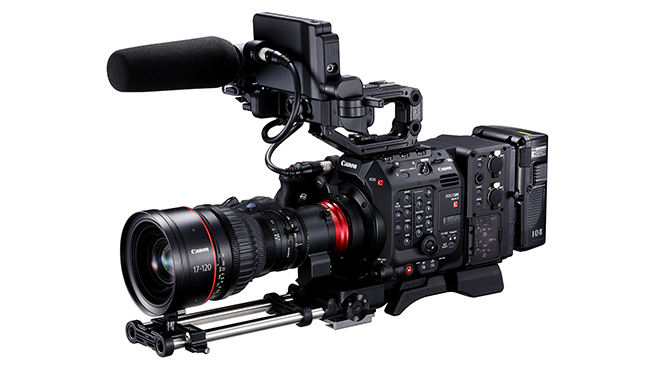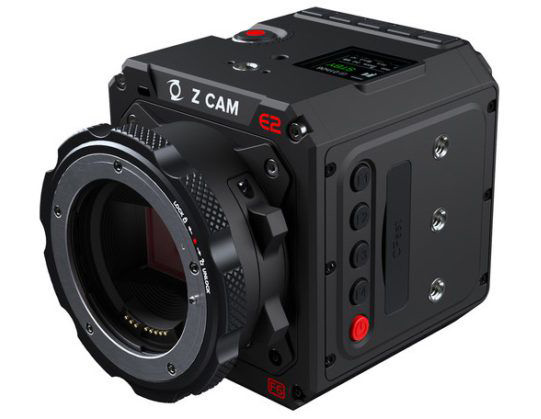

The craze for high-end full-frame video cameras is in full swing, but it has left a gap in the low-end of the market, where it all began.
It’s a revolution that happened by accident. The introduction of cameras capable of shooting full-frame video was never intended for cinematography. After a request from the Reuters news agency, Canon released the 5D Mark II DSLR camera in 2008 that allowed photojournalists to shoot a bit of video while on news photography assignments.
The concept of photographers shooting video never took off in a big way at the news agencies, and never displaced dedicated news video camera operators. But the 5D became an enormous hit in a different market - among video professionals aiming for a non-video look.
Although the Canon 5D could be thought of as an expensive camera for the average person to buy, compared to the price of professional video gear, the 5D is the low-end. But it brought back the full-frame look, not seen since the celluloid VistaVision days, when a larger image area also required ever larger and heavier rolls of film to be mounted atop the camera. In the digital age, those restrictions are gone, and the Canon 5D made large full-frame images available for the first time to people shooting low-budget video productions.
It wasn’t long before big budget productions fell in love with the full-frame look, with the 2010 season finale of House being shot entirely on the 5D. Director Greg Yaitanes said he was ‘blown away’ by the depth of field, describing the images as looking richer. “I loved it and feel it’s the future,” he tweeted at the time.
For many cinematographers it was the future. In the following years, numerous full-frame cinema cameras appeared on the market, such as the Arri Alexa LF, the Sony Venice, the Red Monstro VV and the Canon C700 FF. All high-end, with price tags to match.
Trickle down

The Canon C500 Mk II
This month saw the full-frame revolution move down a notch into the mid-range camera market, with the announcement of the Canon C500 Mark II and the Sony FX9. In some ways, this could be the hardest market sector for full-frame to crack, as many television productions are notorious for demanding Super 35 cameras, such as the FS7, specific codecs such as ProRes, and being resistant to any changes to their workflows. However, both the new cameras are switchable between full-frame and Super 35 modes, and both have generated a lot of excitement in the industry.
But there’s one sector that full-frame hasn’t touched: the low-end video camera market (since the Sony NEX-VG900E). Budget cameras such as Canon’s C100 and Blackmagic Design’s Pocket Cinema Camera 6K have smaller Super 35 image sensors. The irony is that many users of these cameras couple them with full-frame still-photography lenses, because dedicated Super 35 lenses with servo zooms are prohibitively expensive. Photographs of the Pocket 6K camera displayed in online stores show it fitted with Canon EF still-photography lenses. This is obviously a market they are aiming for.
Some Chinese manufacturers such as Z Cam and Kinefinity have announced plans for cheaper full-frame video cameras, but we’ve heard nothing from the big cinema camera manufacturers.

Z Cam's 8K and 6K full-frame E2 camera is forthcoming
There is an argument that if you’re going to use a full-frame lens, you may as well use a camera with a full-frame sensor. At a given focal length, a full-frame lens will project the same image circle and same image characteristics regardless of whether a full-frame or Super 35 image sensor is placed behind it. Of course, the user of a Super 35 camera will likely use full-frame lenses with a shorter focal length. But many videographers on a budget use whatever still-photography lenses they can get their hands on. A popular full-frame photography lens, like the Canon 24-105mm, will have just as shallow depth of field and will be just as difficult to focus on a Super 35 camera as a full-frame camera.
Using full-frame lenses on a Super 35 camera can make it difficult to get very wide-angled shots. For example, a 14mm full-frame lens is classed as extreme wide-angle. Placed on a Super 35 camera, the lens is still wide, but those extreme wide views are lost.
More than 10 years after the release of the Canon 5D - which brought full-frame images to cinematographers on a budget - it has been surprising that the major camera manufacturers have avoided putting full-frame sensors into their budget range of cinema cameras.
While full-frame is not for everyone, and the run-and-gunners will likely stay with Super 35 or smaller sensors - I can’t help but think there must be a lot of people who would jump at the chance of owning a budget cinema camera with a full-frame mount. The full-frame revolution has been missing in action in the one sector where it arguably has the most potential.
Tags: Production


Comments